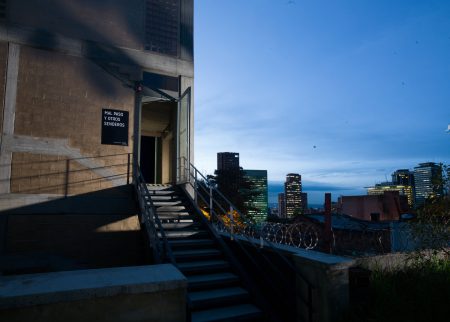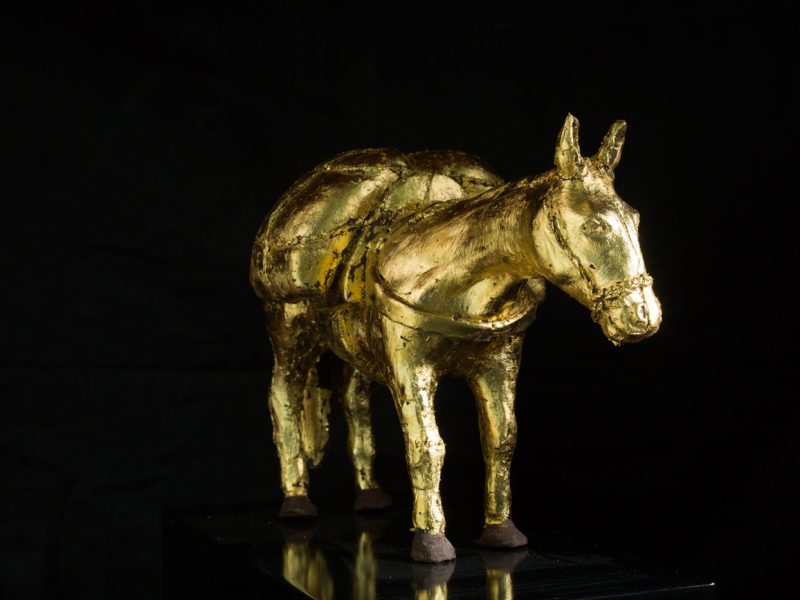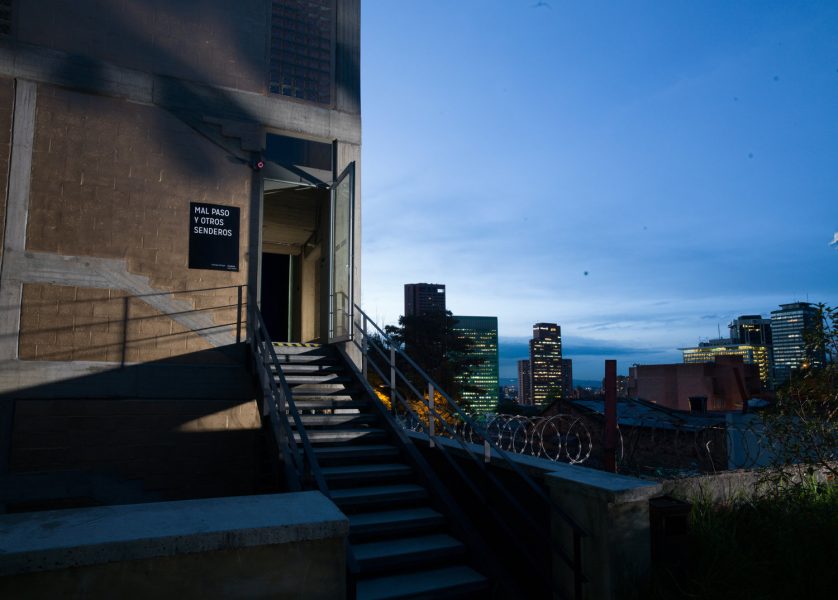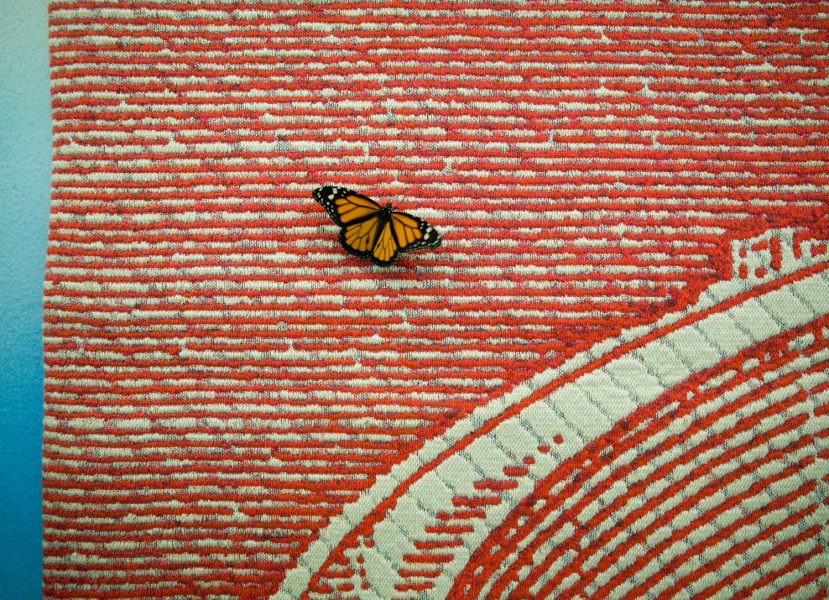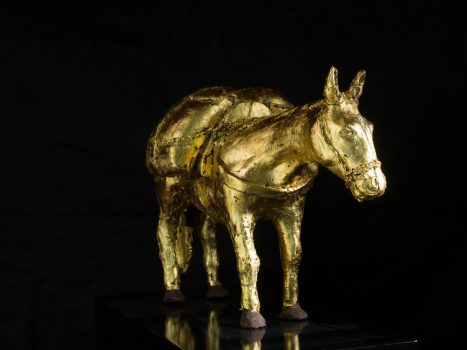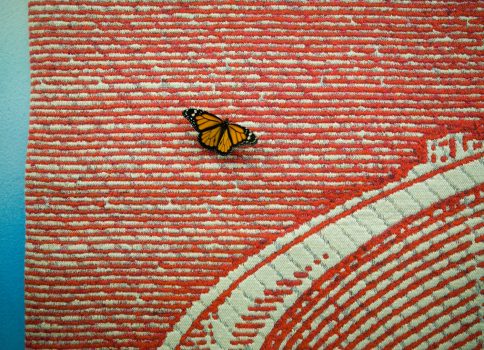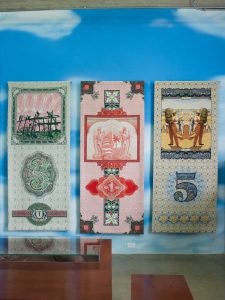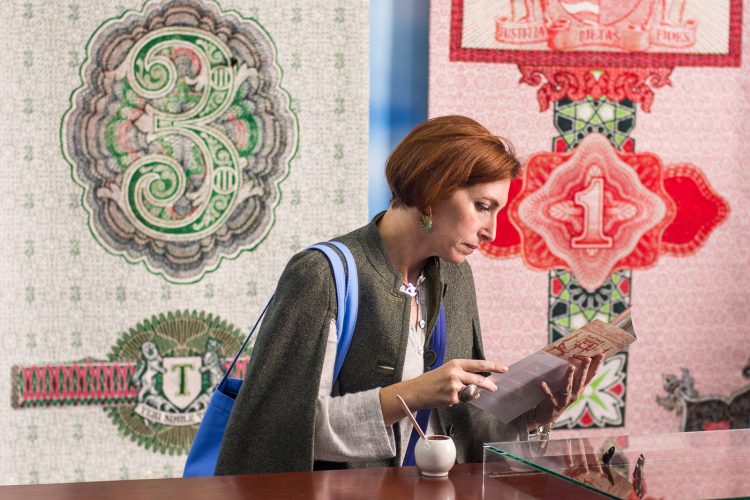Mal Paso (y otros senderos)
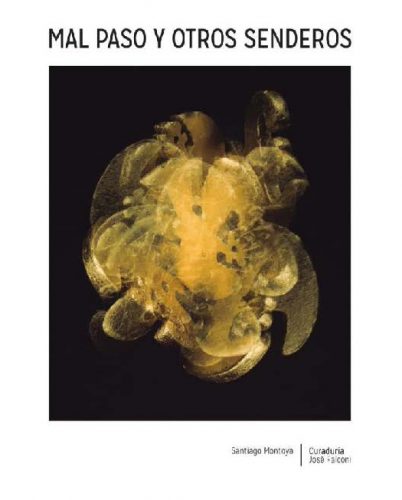
Santiago Montoya
Espacio El Dorado
October 2017 – December 2017
Mal Paso (y otros senderos) [Mal Paso and other routes] is a three floor exhibition curated by José Luis Falconi presenting works from Santiago Montoya that explore the myths surrounding “El Paso del Quindio”. An arduous but strategic step on the route that connects Bogotá with Popayán and other major cities of the western central region of the country, the Quindío path was originally used by indigenous communities, and maintained by Spanish conquistadors who crossed the region in look for the gold of the Quimbayas.
Surrounded by a cumulous of fables and myths since very early on, this region secured a particular place in the Colombian imagination, and for the last two hundred years has become a near perfect metaphor for the challenges and potential of the nascent republic. It represents both the intractability of the terrain and the Edenic and fertile ecosystems on which Colombia has been established. In other words, the “Paso” is perhaps the most definitive visual metaphor for the curse of natural riches which Colombia has been dealing with since its inception.

